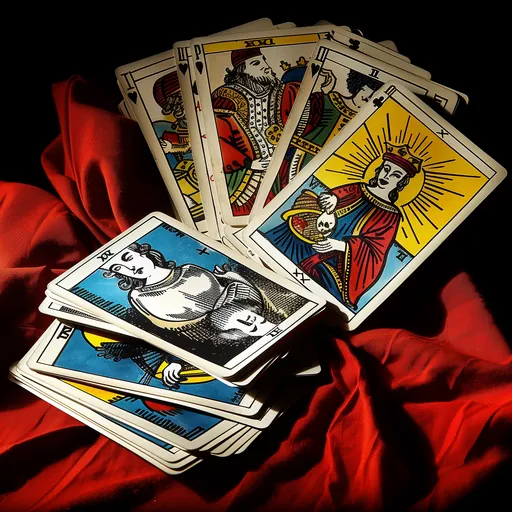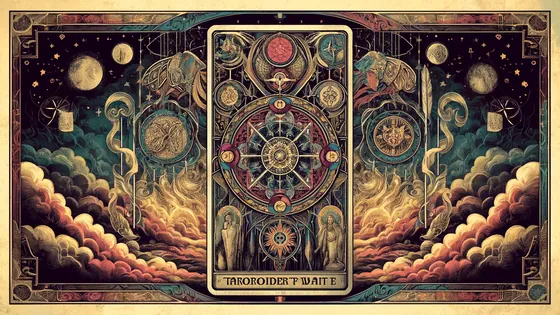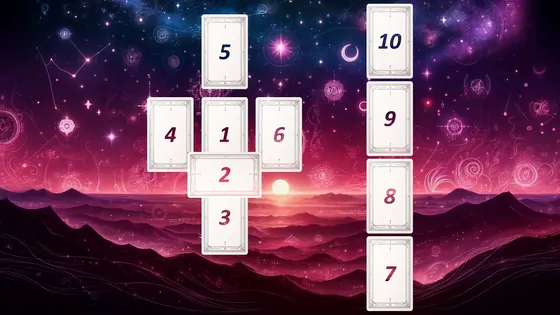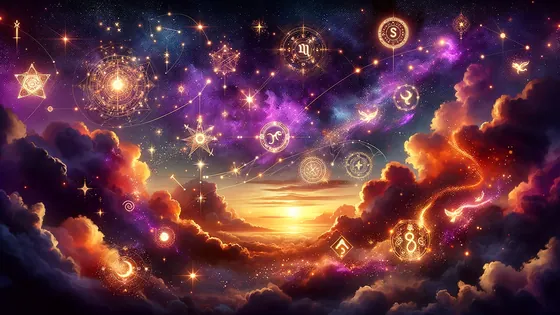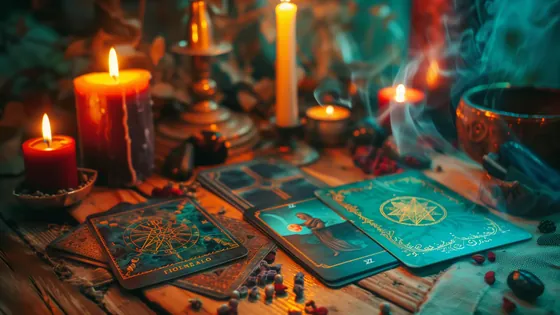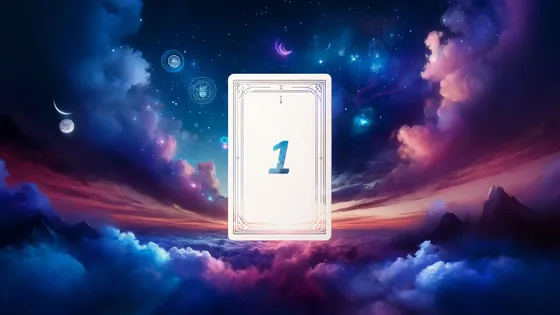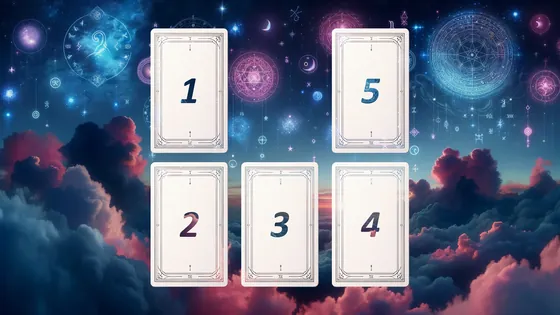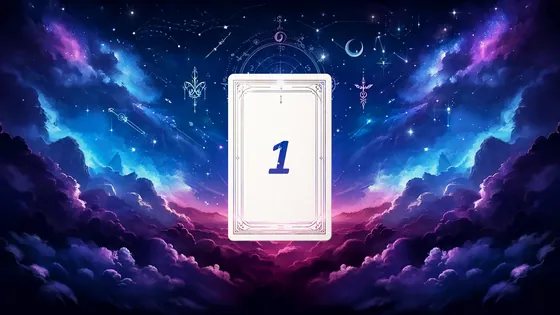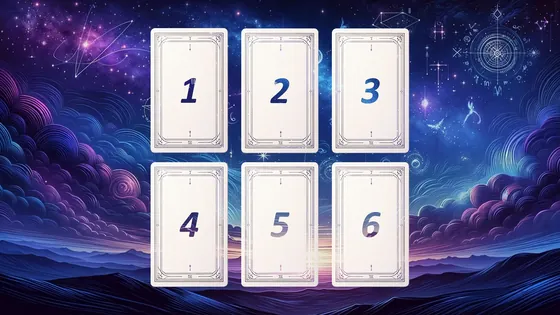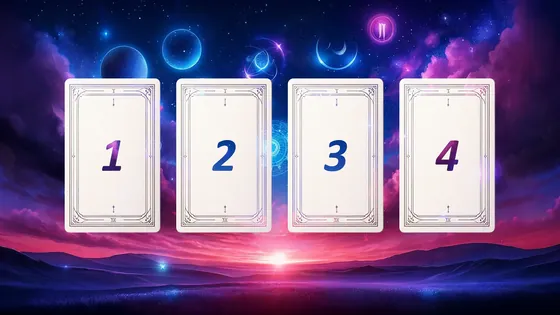Setting forth on an expedition through the historical depths of tarot cards unfolds an enthralling saga that weaves together the early days of card playing with deep-rooted mystical lore and an ongoing desire for insight. Emerging from the European milieu in the 15th century, tarot cards were initially separate from the practices of divination, acting simply as tools for entertainment. Nonetheless, as time moved forward, especially by the 18th century, these cards received layers of spiritual and foreseeing significance. This narrative welcomes readers to delve into the extensive history of tarot, marking its journey from simple gaming cards to a significant means of introspection and prediction.
Unveiling Tarot's Time-Honored Origins

The broad adoption of tarot for reflection or foretelling is widely acknowledged, yet the exploration of its historical and cultural origins frequently remains untouched. Let's embark together on uncovering the cryptic beginnings of tarot, tracing its venerable roots and the narratives it conveys.
Beyond its use for divination, tarot stands as a dense mosaic of symbols tightly woven into the broader narrative of global culture and history. Initially crafted for recreational purposes, it has transformed into an object of intrigue among spiritual adventurers, psychologists, and mystics of today. This age-old artifact has significantly impacted various domains of human culture, commanding awe and respect with its intricate symbolism and adaptability.
Tarot initially debuted as a set of playing cards vital to numerous card games, including the Italian Tarocchi of the 14th century. These cards gradually assumed more profound connotations.
The onset of the late 18th century witnessed a burgeoning interest in the occult and the symbolic, prompting the creation of tarot decks rich with mystical imagery of the arcana, encapsulating the extensive spectrum of human life and experiences.
Though shrouded in mystery, the genesis of tarot is connected to medieval Europe in the 14th century, utilized in assorted card games, epitomizing the Italian Tarocchi tradition, and later, witnessing a significant metamorphosis.
The Renaissance of Esoteric Interpretations

Tarot swiftly became entwined with an array of mystical and secretive traditions. During the Renaissance and Enlightenment, there was a marked surge in the appeal of occult disciplines, such as astrology, alchemy, and hermeticism, positioning tarot as a channel for arcane knowledge and mystical doctrines.Certain theories hint at tarot's ties to the mysticism of ancient Egypt, enhancing its mystique.
In locales such as France and England, thinkers like Etienne Louis and Antoine Court de Gebelin perceived tarot through an occult prism, attributing ancient provenance to the cards and associating them with kabbalistic and astrological motifs. This significant reevaluation led to the development of new tarot decks, elevating tarot to a medium for divination, contemplation, and mystical engagement.
The Contemporary Rebirth of Tarot
The 20th century heralded a revival of tarot as a channel for self-examination and foresight. The creation of the Rider-Waite-Smith deck by Arthur Edward Waite and Pamela Coleman Smith played a pivotal role in this resurgence. Distinguished by its elaborate symbolism and interpretive ease, this deck found international acclaim. Subsequent years introduced a diversity of tarot decks, each mirroring the distinctive cultural, artistic, and philosophical currents of its period.
Interpreting Symbolism and Core

Tarot cards surpass their functionality as divinatory instruments; they function as a symbolic vernacular, enabling profound explorations into our essence, and providing access to mystical traditions and age-old wisdom. Each card brims with symbolic importance, enhancing our comprehension of both the universe and ourselves. This inquiry ventures into the realm of tarot's symbols and archetypes, decoding their hidden significances and their effect on our existence.
The Tarot deck splits into the Major and Minor Arcana, merging 22 symbols representing life's universal archetypes or principles with 56 cards depicting everyday occurrences and personal experiences, organized into four suits akin to conventional playing cards. Each component of Tarot is laden with symbolic depth, offering paths to uncover latent truths and direct our choices.
Each Tarot card embodies distinct symbolism, reflecting diverse elements of human life and the spiritual voyage. For instance, "The Magician" symbolizes ingenuity and potential, whereas "The Lovers" denotes decision-making and relationship dynamics. These symbols form intricate tales, facilitating a deeper grasp of our existential trajectory.
Employing tarot for in-depth contemplation and personal enrichment can have profound effects. The analytical and interpretive processes expose concealed behavioral patterns and mental frameworks, identifying strengths and weaknesses, and encouraging more informed life choices. Additionally, tarot can act as a source of motivation and intuitive insight, navigating us through challenges toward new achievements.
Projecting the Future with Tarot
As time advances, the allure of tarot intensifies, shifting from its original recreational role to a respected avenue for psychological and spiritual examination. Contemporary practitioners and analysts consider tarot a doorway to the subconscious, advocating for its application in psychoanalytical practices. Hence, tarot's usage extends beyond mere reflection, moving into therapeutic contexts to aid individuals in confronting and ameliorating internal conflicts.
Tarot's Enduring Cultural Influence
Tarot has made an indelible impact on cultural and artistic expressions, motivating creators across disciplines to craft works that mirror tarot's archetypal depth and symbolism. Tarot themes are frequently portrayed in film and literature as keys to deciphering the concealed and the mystical, attesting to tarot's complexity and cultural resonance.
Contemplating Tarot in the Modern Age

In the present day, tarot captivates a varied assembly of seekers, mystics, and intellectuals. It embodies a synthesis of artistic flair, psychological profundity, and mystical inquiry, forging avenues for self-discovery, meditative practices, and the quest for balance. Amidst the vast array of tarot decks available, individuals encounter resonances that stir their beings, facilitating their path towards self-enhancement and a deeper comprehension of the universe. Tarot persists as a dynamic, evolving force, continuously shaping the cultural, artistic, and spiritual domains of numerous lives.
